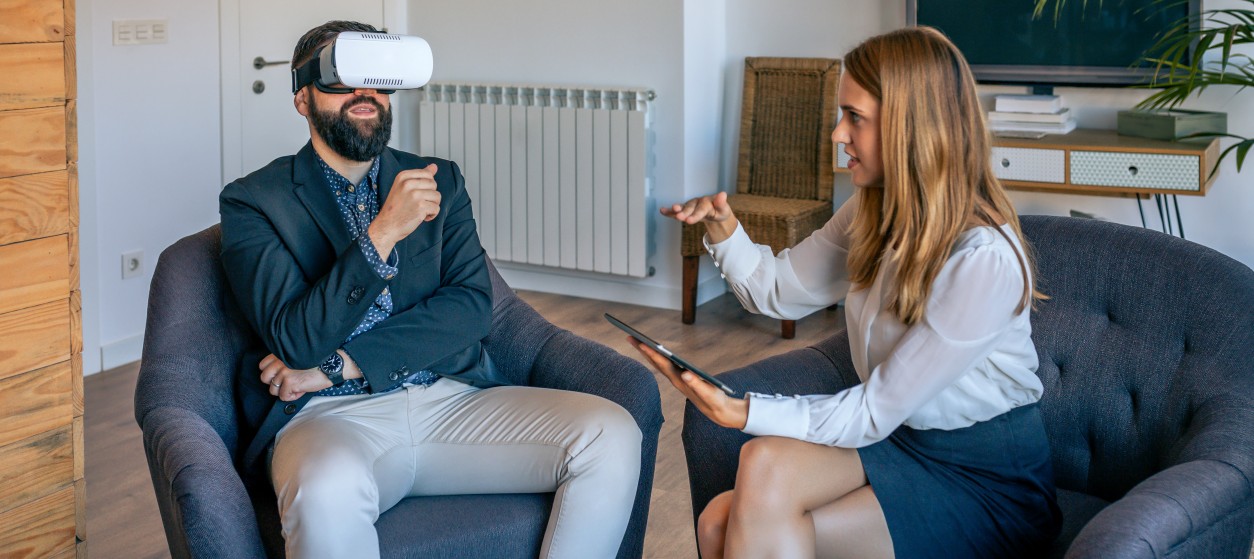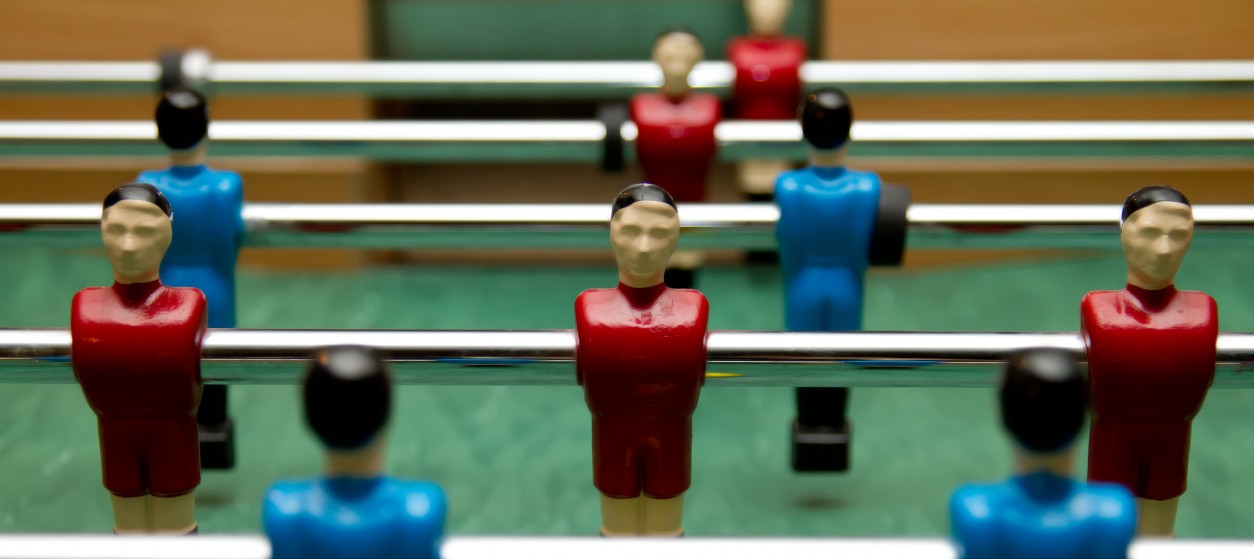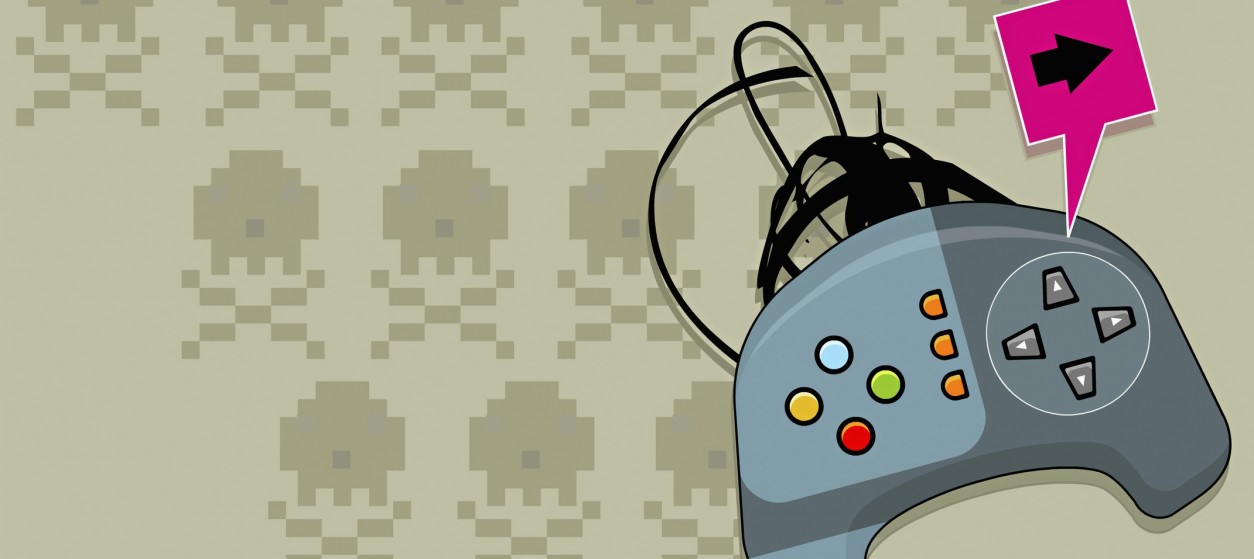In today’s fast-paced business environment, organizations are constantly seeking innovative ways to enhance productivity, boost employee engagement, and drive sales. One powerful strategy that has recently gained significant traction is gamification, which involves the use of gaming environments to train employees and to improve the performance of business processes. Based on the integration of game-like elements into the workplace, businesses can transform mundane tasks into exciting challenges. In these ways they can foster a more motivated and productive workforce. Modern enterprises must therefore understand the potential power of gamification and its potential applications in the enterprise.
The Power of Gamification
Gamification leverages the intrinsic human love for games to create engaging and motivating experiences in non-game contexts. It applies game design elements (e.g., points, badges, leaderboards, challenges, quests) to various aspects of work. The true power of gamification lies in its ability to tap into fundamental psychological drivers like competition, achievement, and social interaction. In recent years, research has shown that gamification can significantly enhance employee engagement and productivity. For instance, a study on information systems in Business to Business (B2B) sales revealed that gamification can lead to greater benefits from investments on information systems by fostering higher levels of interest and commitment among employees. Gamification helps making work more enjoyable and rewarding, which can boost the transformation of the workplace into a dynamic and motivating environment.
Boosting Productivity with Gamification
One of the primary benefits of gamification in the workplace is its ability to boost productivity. Traditional work tasks can often feel monotonous and uninspiring, which leads to employees’ disengagement and decreased efficiency. However, based on the use of game elements, organizations can make these tasks more enjoyable and engaging. For example, setting up a platform where employees can earn points for completing tasks and achieving goals can create a sense of accomplishment and competition. These points can be displayed on leaderboards, fostering a healthy competitive spirit among team members. Additionally, offering badges and rewards for milestones can further motivate employees to strive for excellence.
The scientific literature describes many gamified systems that enhance creativity and problem-solving skills by encouraging employees to think outside the box and collaborate more effectively. This, in turn, has proven to lead to increased innovation and productivity.
Gamification Strategies to Boost Sales
Gamification is very commonly used in sales training. Sales teams are particularly well-suited for gamification due to the competitive nature of their work. Implementing gamification strategies to boost sales can therefore lead to remarkable improvements in performance and revenue generation. Some of the most prominent gamification elements for sales related applications are:
- Leaderboards and Rankings: Creating leaderboards that display the top-performing sales representatives can motivate employees to improve their performance. Recognizing and rewarding top performers with badges, certificates, or tangible rewards can further incentivize them.
- Sales Contests and Challenges: Organizing sales contests and challenges with specific goals and timeframes can create a sense of urgency and excitement. For instance, a challenge to close the most deals in a month can drive sales representatives to push their limits and achieve higher targets.
- Progress Tracking and Feedback: Providing real-time feedback and progress tracking through gamified dashboards can help sales representatives stay on track and identify areas for improvement. This continuous feedback loop can enhance their skills and performance over time.
- Sales Training Gamification: Incorporating gamification into sales training programs can make learning more engaging and effective. In this direction, interactive quizzes, simulations, and role-playing games can help sales representatives practice their skills in a fun and immersive way.
Real-World Applications of Gamification
Numerous companies have successfully implemented gamification in sales and other areas of their operations, reaping significant benefits. Here are a few examples:
- SAP: The global enterprise software vendor SAP introduced a gamified learning platform called ‘Roadwarrior’ to train its sales team. The platform used quizzes, challenges, and leaderboards to make training more engaging and competitive. As a result, SAP saw a significant increase in the completion rates of its training programs.
- Microsoft: Microsoft used gamification to improve its customer support services. Based on a points-based system where support agents earned points for resolving customer issues, Microsoft was able to enhance the efficiency and effectiveness of its support team.
- Deloitte: Deloitte implemented gamification in its leadership training program. The company used badges, leaderboards, and rewards to motivate employees to complete training modules. This approach led to higher engagement and completion rates, as well as improved leadership skills among participants.
Implementing Gamification in the Workplace
To successfully implement gamification in the workplace, organizations should consider the following steps:
- Identify Objectives: Clearly define the goals and objectives you want to achieve through gamification. Whether it’s improving productivity, boosting sales, or enhancing employee engagement, having a clear focus will guide your gamification strategy.
- Understand Your Audience: Understand the preferences, motivations, and behaviors of your employees. Tailor your gamification elements to resonate with their interests and needs.
- Design Engaging Game Elements: Create game elements such as points, badges, leaderboards, and challenges that align with your objectives. Ensure that these elements are engaging, rewarding, and easy to understand.
- Integrate with Existing Systems: Seamlessly integrate gamification elements into your existing workflows and systems. This can ensure a smooth transition and minimize disruptions.
- Monitor and Adjust: Continuously monitor the effectiveness of your gamification strategy and make relevant adjustments as needed. It is also important to gather feedback from employees towards identifying areas for improvement. This feedback must be used to continually refine and improve your approach.
By and large, gamification is a powerful tool that can supercharge your workplace by enhancing productivity, boosting employee engagement, and driving sales. The principles of game design enable organizations to create a more motivating and enjoyable work environment. Whether it’s through leaderboards, sales contests, or gamified training programs, the possibilities are endless. As more companies recognize the potential of gamification, the latter is set to become a cornerstone of modern workplace strategies











Lovely website! I am loving it!! Will come back again. I am taking your feeds also
https://www.smortergiremal.com/